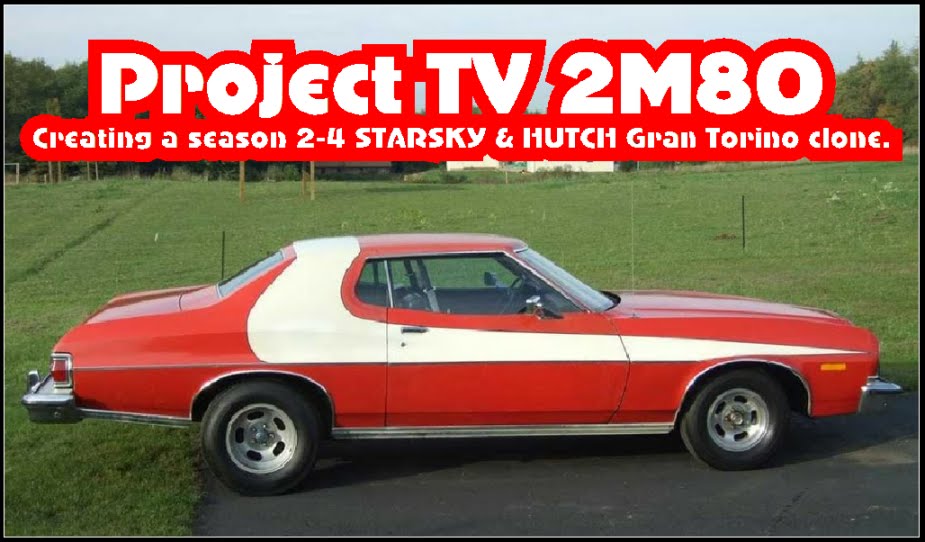
















I sandblasted the rear frame using BLACK BEAUTY medium. Not exactly sure what it was made from (it WAS black) but it sure did cut well and left a nice tooth to the metal! After blasting, I washed down the area using a 3" paint brush and lacquer thinner twice to insure all oils and contaminates were gone, then I prepared a 90/10 mixture of POR-15 and POR thinner and sprayed a medium coat on the rear section of the car. Once dry to the touch, I reapplied the seam sealer to the exposed sheetmetal joints and applied a second coat of POR-15. The following weekend, I applied a coat of EASTWOOD Satin Chassis Black to finish off the area.


I had also gotten the fuel tank back, so I applied several coats of EASTWOOD Tank Tone Metallic Coating to replicate the factory zinc coating. I also wire brushed the tank straps and after applying a coat of POR-15 black, I sprayed on a coat of black Plastic-Dip spray on rubber coating while the POR was still a bit tacky. Once the Plastic-Dip dried I applied several more coats to give the straps a nice satiny black rubberized coating. I also cut me a couple strap pads from some scrap 1/8" thick rubber material we had at work. I cleaned the fuel tank pick-up, installed a new pick-up sock and using a new locking ring and gasket, reinstalled the pick-up into the tank.
After installing a new vent into the top of the tank, I was ready to rehang the fuel tank. Using new carriage bolts and hardware, I reinstalled the tank and reconnected the fuel and return lines using new hose clamps as well. The final part to the tank assembly was to reinstall the tank neck grommet and insert the fill tube into the tank thru rear body bulkhead and trunk floor. I had also wire brushed and Scotch-Brited the filler neck to give it a bright, slightly brushed steel finish and coated it with EASTWOOD's Diamond Clear for bare metal surfaces to protect it from the elements.




Well that's all for this installment and I want to wish everyone a Blessed and Happy Thanksgiving.
ZEBRA 3 OUT






